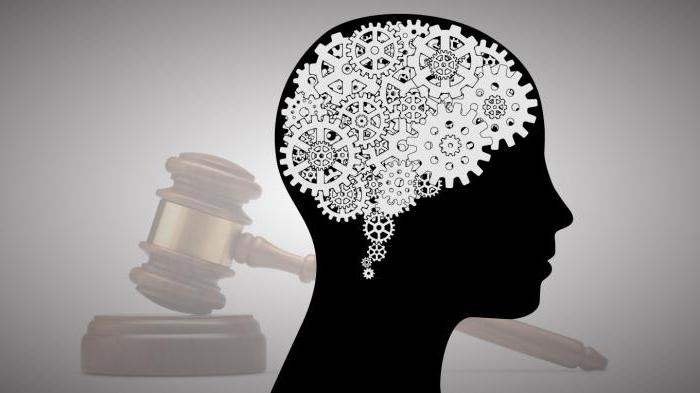Patent - the main document that is assigned to the invention and certifies its authorship, exclusive right and priority. With the help of such paper, the author receives all rights to develop and, accordingly, can engage in the production, sale of inventions and use it in any field of activity.
Document Retrieval Procedure
Before obtaining a patent, the inventor must go through all the stages of registration from beginning to end, namely:
- Preliminary search for analogues. Even before you apply, you need to make sure that no one has done similar work. If analogues exist, it is necessary to indicate references to them in the description of a personal invention. It should be noted that the Federal Service for Intellectual Property (Rospatent) does not accept the same developments. That is, the description should also indicate the features and new additions that were used by the author to create the invention.
- Registration of the application and other documents. In Art. 1376 of the Civil Code of the Russian Federation states that in addition to the request for the approval of the invention in writing, the author’s contacts, a detailed description of the development, its name and the IPC heading (International Patent Classification), as well as a check confirming payment of the state duty must also be present.

- Registration application. You can submit documents to the appropriate department of Rospatent or use the services of patent offices, having previously issued a power of attorney.
- Waiting for the end of the examination. This procedure takes at least two months for the employees of Rospatent.
- Receive notice regarding the grant or revocation of a patent. If the invention meets all the requirements, then it is entered in the register of the Federal Service for Intellectual Property. Otherwise, the author will receive a notice of cancellation.
Root cause of failure
There are many reasons why a patent can be revoked. But the main one is the discrepancy with the requirements of the Federal Service for Intellectual Property. Simply put, an invention is not patentable, that is, it cannot be recognized as such under current law.

To prevent such an incident from happening in the future, and instead of approval, the application again did not indicate the cancellation of the patent, you need to make sure that the new discovery meets the following three criteria:
- inventive step;
- novelty;
- industrial applicability.
Detailed consideration of the reasons for failure
As is already known, a refusal to grant a patent can be obtained for the following reasons:
- The invention is not new. That is, the author came up with what already exists, without specifically adding to it.
- Development does not have an inventive step. In other words, there is an analogue that does not differ from the claimed invention, or the development has similar characteristics with other existing prototypes.
- The invention is not industrially applicable. It can not be used in industry, agriculture and utilities, as well as in other well-known areas of activity (economic, social, etc.).

What is not an invention?
Among other things, patent cancellation may occur in cases where the invention is not such. This list includes:
- discoveries;
- hypotheses or scientific theories;
- decisions that are contrary to the social principles of humanity, interests and morality;
- not materially embodied ideas;
- inventions that have only a beautiful appearance, but do not perform the necessary functions;
- topologies of integrated circuits;
- informational solutions.
In addition, patents are not issued for new plant species, animal breeds, PC programs, etc.